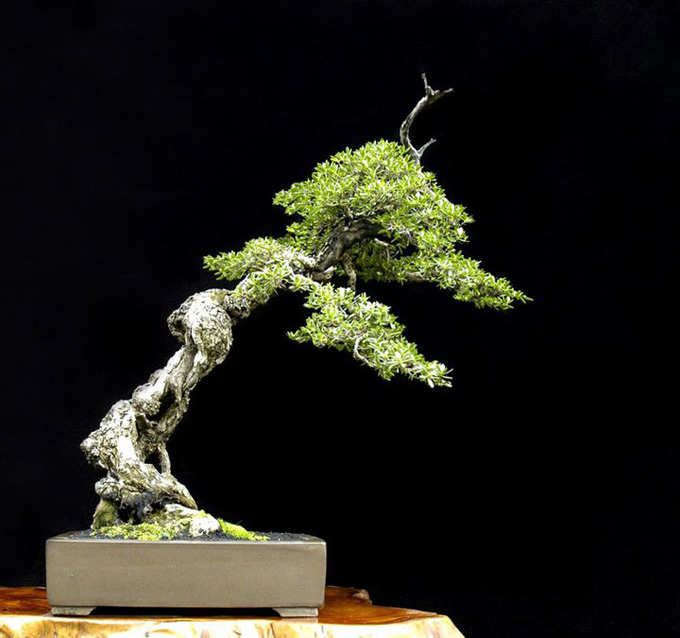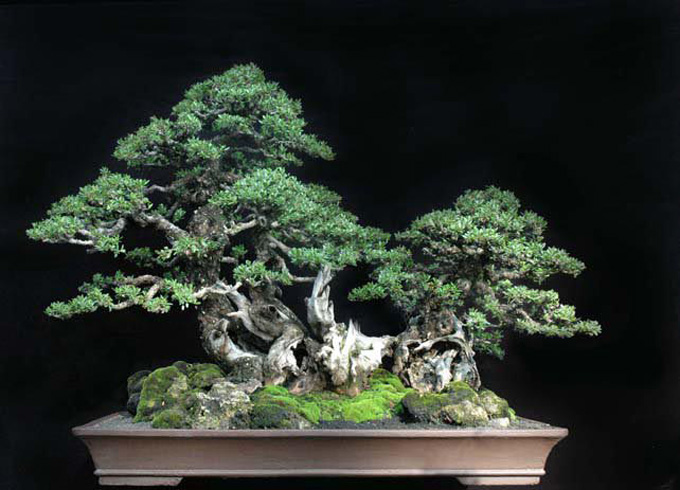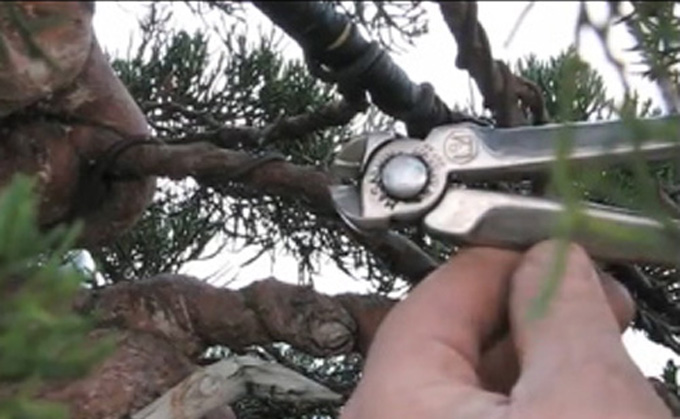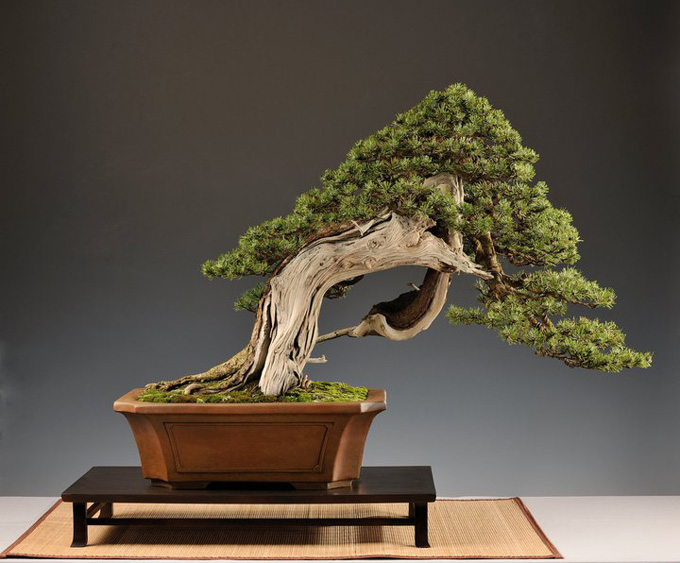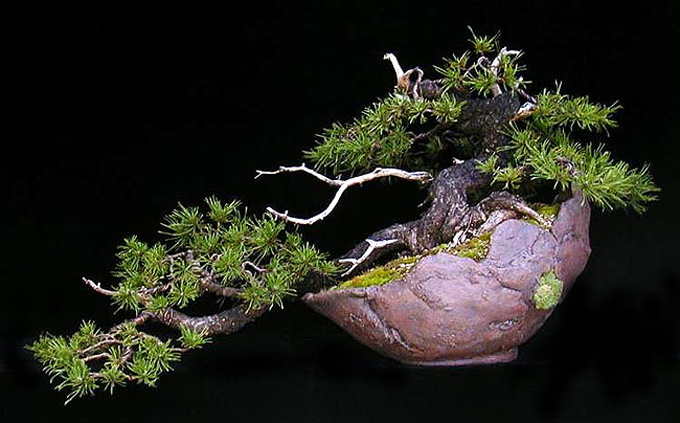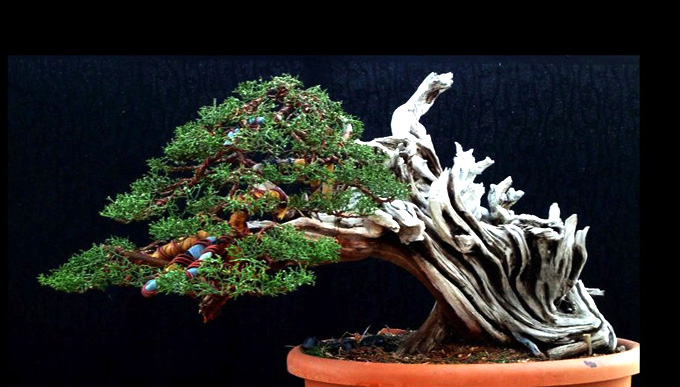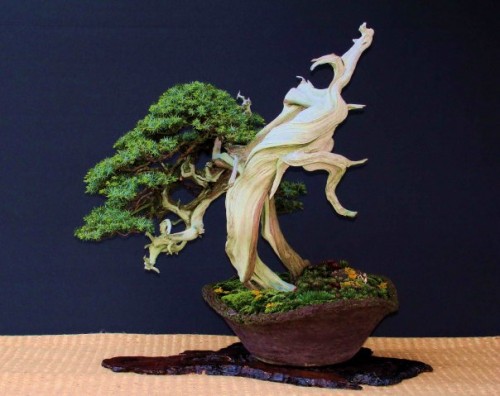
A while back I stumbled upon The Praying Mantis by Giacomo Pappalardo’s on facebook. Fortunately, he has a website, so you don’t have to befriend him to see what he’s up to.
Wildly eccentric
I think this yamadori (collected tree) is a pretty good example of the unique and wild end of the bonsai spectrum. A big part of the wonder of yamadori is they don’t necessarily conform to our more conventional notions of what a bonsai should look like. Yet no one would argue that the good ones aren’t really bonsai, no matter how eccentric. Somehow, when that blend of nature, a trained human eye and a skilled hand come together, art is often the result.
Naming trees
I usually don’t care too much for naming trees (or cars), though I realize it’s a matter of taste and doesn’t amount to much one way or the other. Still, taste aside, I must admit that ‘Praying Mantis’ is a pretty apt name for this tree.
Photos
The following three photos are all from Giacomo’s website.

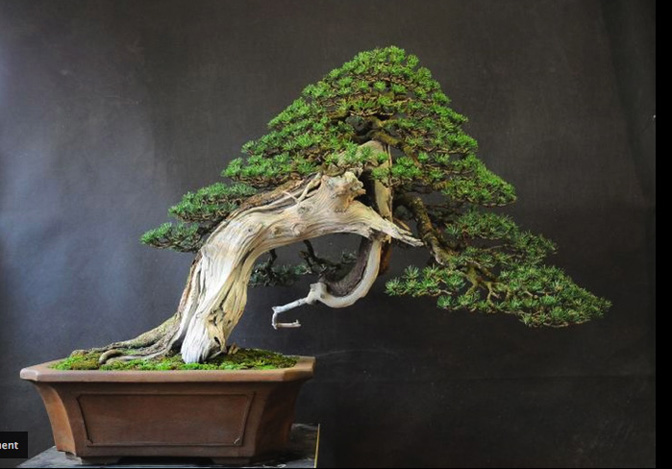
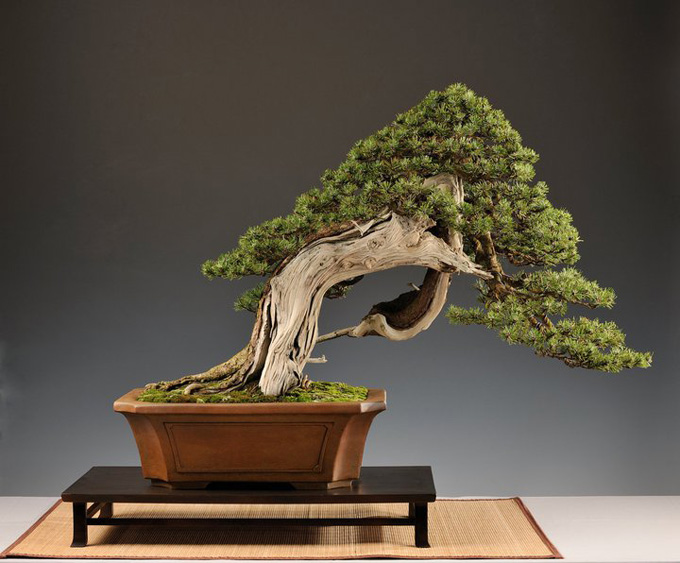
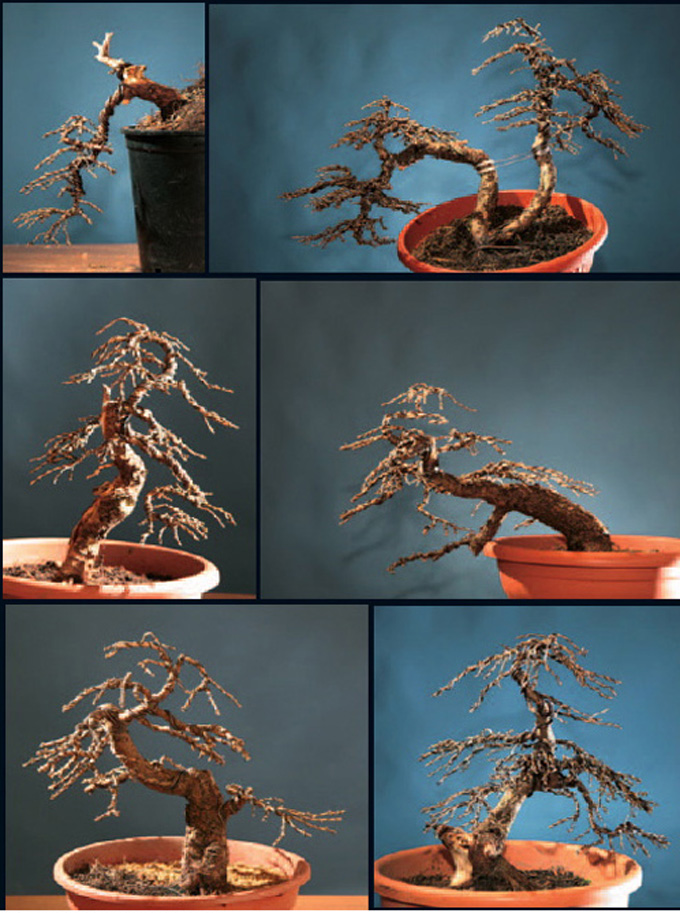
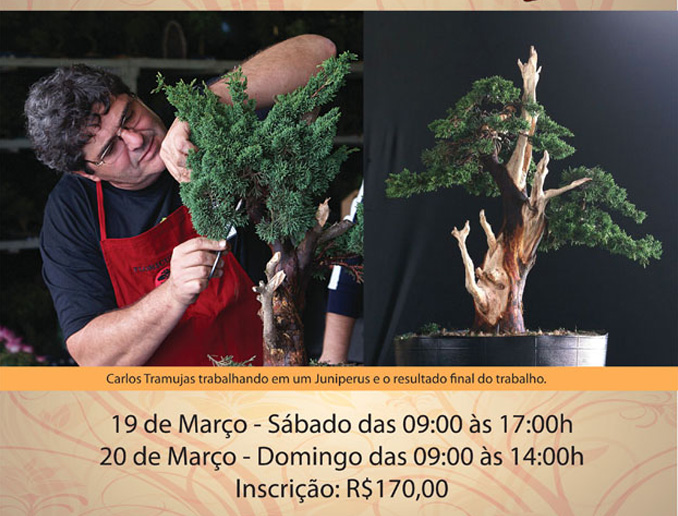


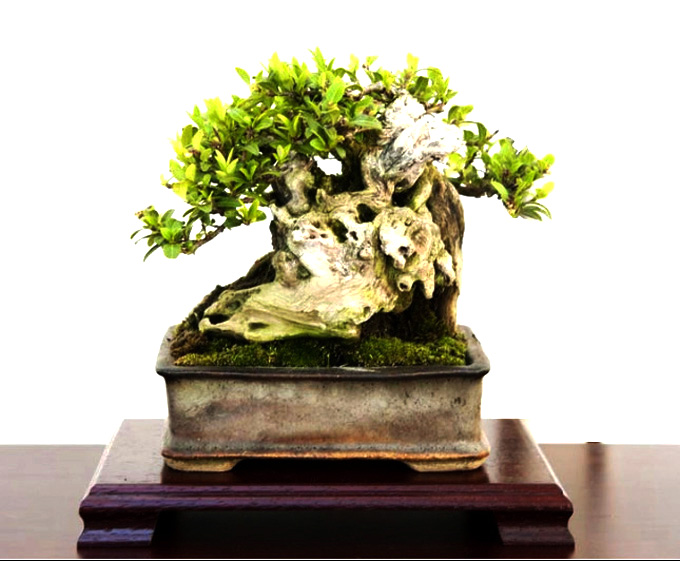
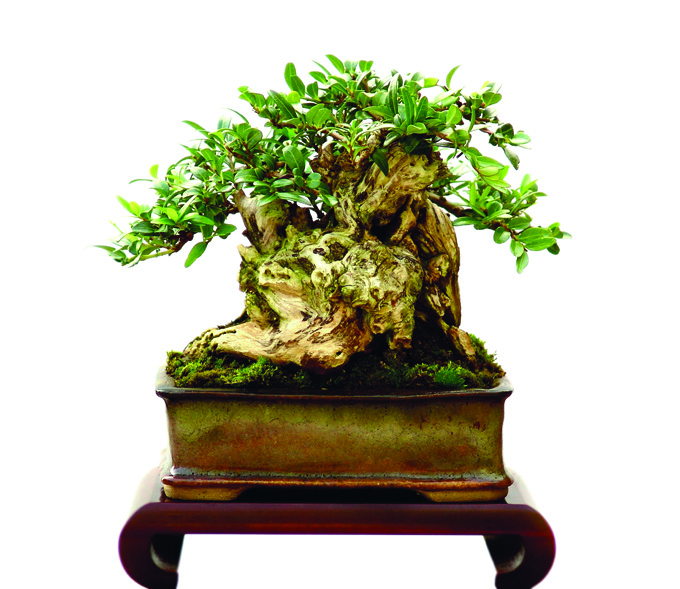
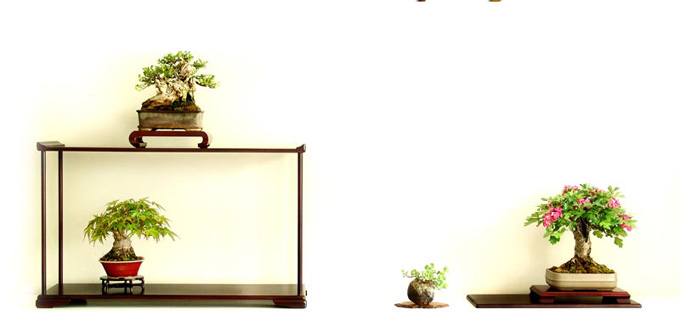
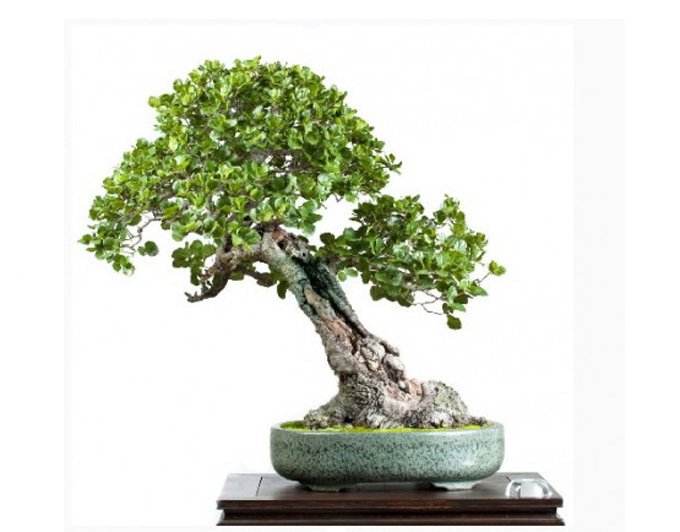
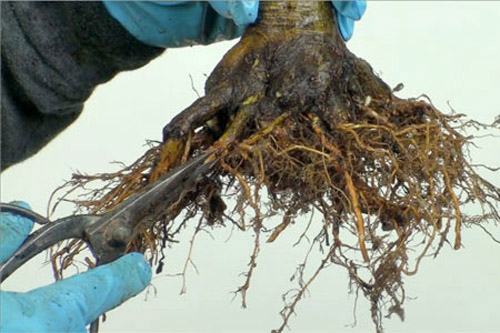
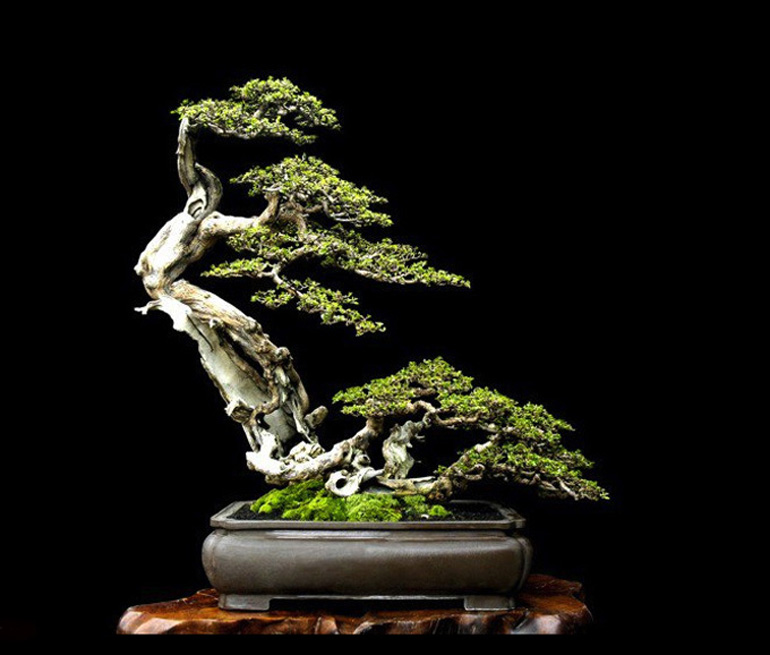 Movement and stillness. Robert Steven’s skill, energy and enthusiasm have done much to move the art of bonsai forward. Even though there’s nowhere to go.
Movement and stillness. Robert Steven’s skill, energy and enthusiasm have done much to move the art of bonsai forward. Even though there’s nowhere to go.